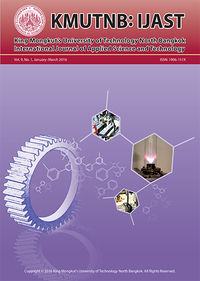Internal Entrainment Effects on Distributed Combustion
Main Article Content
Abstract
Colorless Distributed Combustion (CDC) has been shown to provide ultra-low emissions and enhanced combustion performance of high intensity gas turbine combustors in terms of efficiency and stability. To achieve distributed combustion, the flowfield needs to be carefully tailored for adequate mixing between reactants and hot reactive species from within the combustor to result in high temperature low oxygen concentration environment prior to ignition. Such distributed reactions result in uniform thermal field and also eliminates any hot spots for mitigating NOx emission. Though Distributed Combustion have been extensively studied using a variety of geometries, injection velocities, heat release intensities, and fuels, the role of hot reactive internally recirculated gases requires further examination. In this paper, the impact of internal entrainment of reactive gases on flame structure and behavior is investigated with focus on fostering distributed combustion and providing guidelines for designing high intensity combustors operating in distributed combustion mode. A mixture of nitrogen and carbon dioxide, used to simulate the recirculated gases, is introduced to the air stream prior to mixing with the fuel and subsequent combustion. Increase in the amounts of nitrogen and carbon dioxide (simulating increased entrainment), led to volume distributed reaction over a larger volume in the combustor with enhanced and uniform distribution of the OH* chemiluminescence intensity. At the same time, the bluish flame stabilized by the swirler is replaced with a more uniform almost invisible bluish flame. The increased recirculation also reflected on the pollutants emission, where NO emissions were significantly decreased for the same amount of fuel burned. Lowering oxygen concentration from 21% to 15% (due to increased entrainment) resulted in 80–90% reduction in NO with no impact on CO emission with sub PPM NO emission achieved at an equivalence ratio of 0.7. The same trend was seen at higher diluents injection temperature as well, with significant pollutants emission reduction down to an oxygen concentration of 10%.


